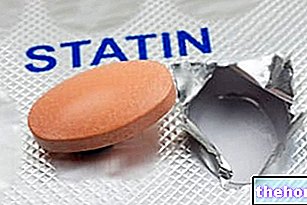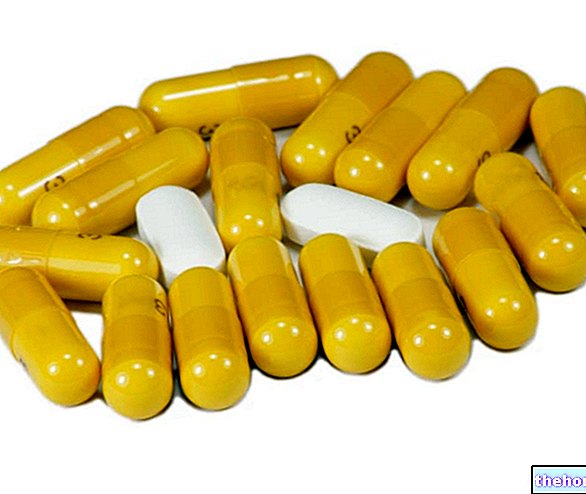Definition
Hyperhidrosis is defined as a syndrome characterized by excessive sweating, generalized or limited in the palms of the hands and feet, armpits, forehead. Indicatively, a person complains of hyperhidrosis proper when the secretion of sweat - under normal conditions - is estimated to be around half a liter per day.
Causes
Multiple and heterogeneous causes of hyperhidrosis: excessive intake of caffeine, capsaicin, thermogenic substances, treatment with antidepressant, antipyretic, cholinergic drugs, pain, emotional factors, hyperthyroidism, hypoglycemia, nausea, obesity, psychological pathologies, vomiting.
Symptoms
The only symptom associated with hyperhidrosis is represented by increased sweating, easily perceived by the subject; sometimes, sweating can be foul-smelling (bromhidrosis) or can dye the clothes with yellow patches and sweat halos (chromohidrosis). it can heavily affect the individual's emotionality, sometimes hindering relational life.
The information on Hyperhidrosis - Medicines for the Treatment of Hyperhidrosis is not intended to replace the direct relationship between health professional and patient. Always consult your doctor and / or specialist before taking Hyperhidrosis - Medicines for the Treatment of Hyperhidrosis.
Medicines
Treatment for hyperhidrosis certainly does not represent a life-saving measure, or it is not equally essential to avoid some complications; however, many people who suffer from it decide to follow a therapeutic path, since the condition often causes many inconveniences in the workplace and social. It is however necessary to remember that hyperhidrosis can reflect more important diseases, such as hyperthyroidism or hormonal imbalances, therefore medical supervision is always recommended.
The following are the classes of drugs most used in therapy against hyperhidrosis, and some examples of pharmacological specialties; it is up to the doctor to choose the most suitable active ingredient and dosage for the patient, based on the severity of the disease, the state of health of the patient and his response to treatment:
- Aluminum chloride: antiperspirant, recommended to treat severe hyperhidrosis. The products containing this active ingredient are, generally, deodorants or creams, indicated for excessive underarm sweating; formulations containing 10-20% aluminum chloride are used, or in cases more severe, higher concentrations may be used Antiperspirants can cause skin irritation.
- Glycopyrronium bromide or glycopyrrolate (eg Robinul): it is an anticholinergic drug, an "alternative to the classic treatments for hyperhidrosis, but the product is not available in Italy; it should be taken orally at a dosage of 2 mg, three times a day.
- Botulinum Toxin A (eg Botox, Vistabex, Bocouture, Xeomin): the botulinum toxin is highly toxic: 1 gram is enough to kill millions of victims. In infinitesimal doses, this toxin is used in therapy against hyperhidrosis (indicated for axillary sweating, for patients who do not respond positively to the treatments described above): this toxin exerts its therapeutic activity only in the injected anatomical site, causing a " muscle relaxant action; consequently, the secretion of the sweat glands ceases. The effect of the toxin is about 4-6 months; after this period of time, the sweat glands resume their secretory activity, therefore the patient can undergo a similar treatment again. For other patients, it is sufficient to undergo this practice once a year.
Sedatives and anxiolytics: they are used in therapy against hyperhidrosis associated with stress and altered emotions; these drugs, carrying out their therapeutic action on mood, consequently improve hyperhidrosis. The choice of the drug, the dosage and the duration of treatment are of medical competence, based on the severity of the psychological condition.
Alternative therapy for the treatment of hyperhidrosis: iontophoresis
Iontophoresis seems to be used effectively for the prevention of hyperhidrosis; we are talking about a practice able to favor a temporary loss of the ability to secrete sweat. The sweat glands are no longer able to produce sweat, since the their conduits; this operation is possible thanks to the help of low intensity energy charges to which the patient is subjected (the subject must immerse his hands and feet in two containers of water, connected to a low voltage current generating electrode). The effectiveness of this technique in the treatment of hyperhidrosis varies from subject to subject, and is strongly influenced by the severity of the condition.




























